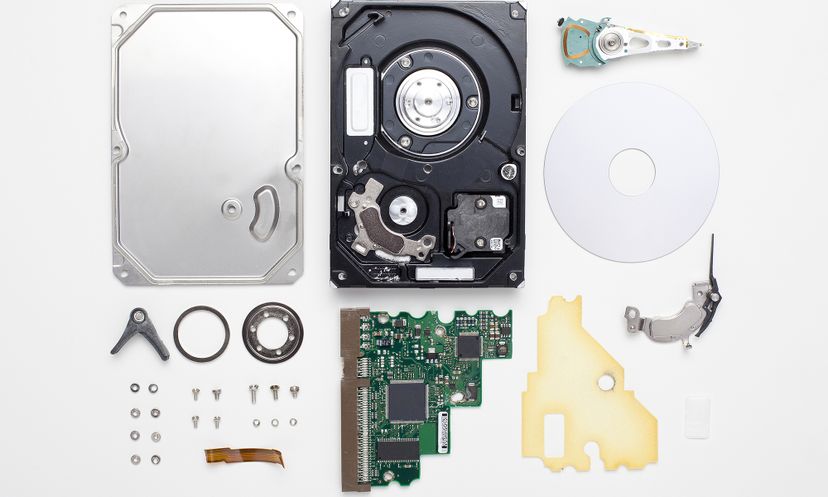
About This Quiz
Without memory, computers wouldn't be able to store data in any way. How much do you know about computer memory?Read-only memory (ROM) consists of a programmed integrated circuit that doesn't lose data when powered down, making it nonvolatile. But the data is also relatively static -- it stays the same over time.
Whether from an external input source like a mouse or a keyboard or an internal source like a hard drive, most data first passes through random access memory (RAM).
BIOS stands for basic input/output system, which is in charge of providing the CPU with information on storage devices, the boot sequence, system security and other items.
Advertisement
Computer programs and operating systems load into RAM. If you have a lot of processes running at one time, your system's RAM may become overworked and performance can suffer.
Clock cycles refer to the central processing unit's processing speed. It's measured in hertz -- current processors have clock speeds in the gigahertz range.
Because many CPUs have processing speeds greater than RAM's capacity to access information, memory caches come in handy. They store information temporarily so that the CPU can refer to the data without commanding the RAM to access it every single time. This cuts down on load times.
Advertisement
The speed of system random-access memory is determined by two factors: bus width and bus speed. Bus width refers to how many bits of information RAM can send to the CPU at the same time.
The amount of time -- or number of clock cycles -- a system needs to read a bit of information is called latency. While a system might be able to send information at blisteringly fast speeds, it might not be able to actually process that information at the same rate.
Before a computer can even load up its operating system, it has to refer to the BIOS for instructions.
Advertisement
Virtual memory looks at RAM for areas that have not been used recently and copies them onto the hard disk. This frees up space in RAM to load new applications.